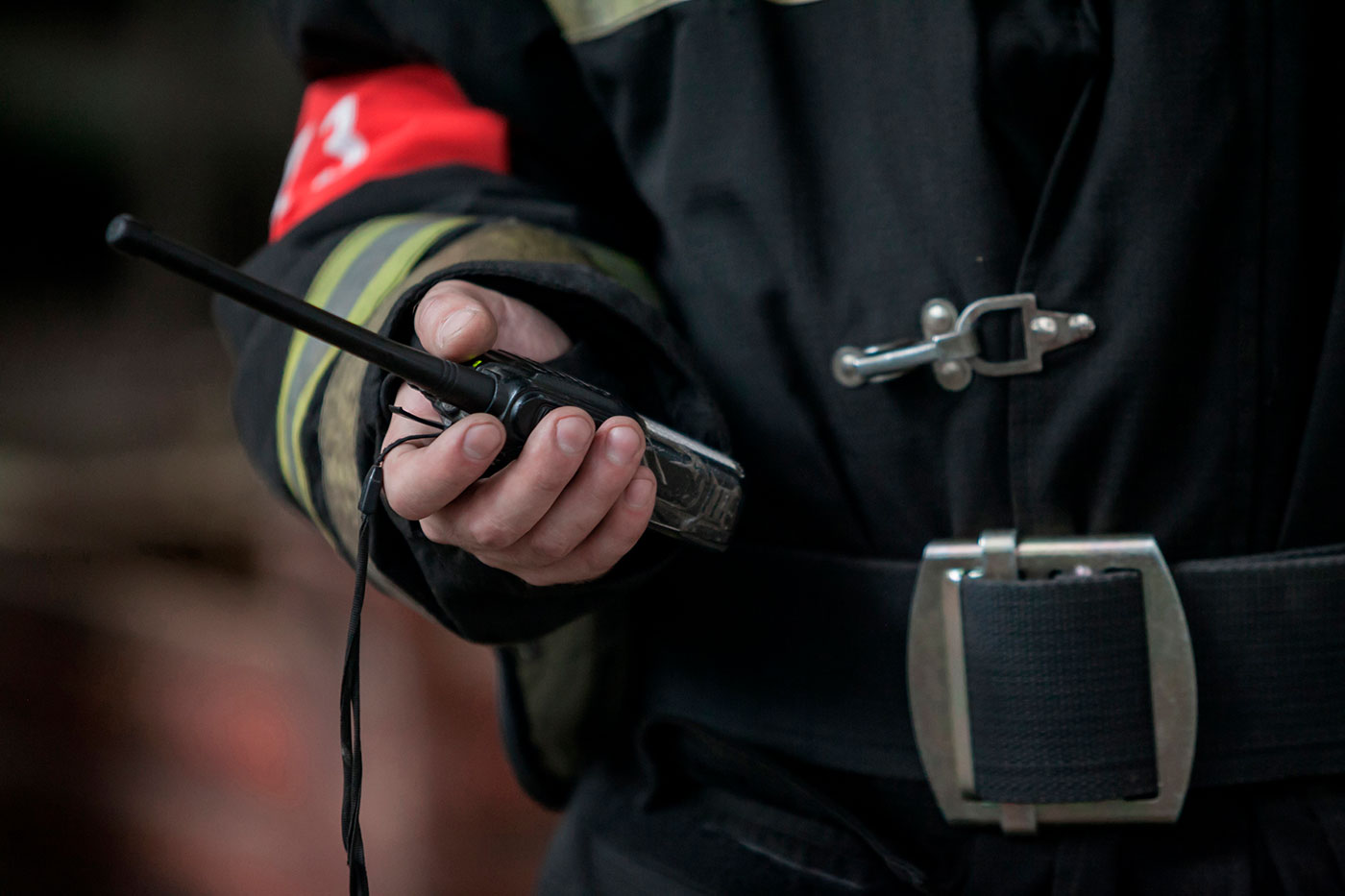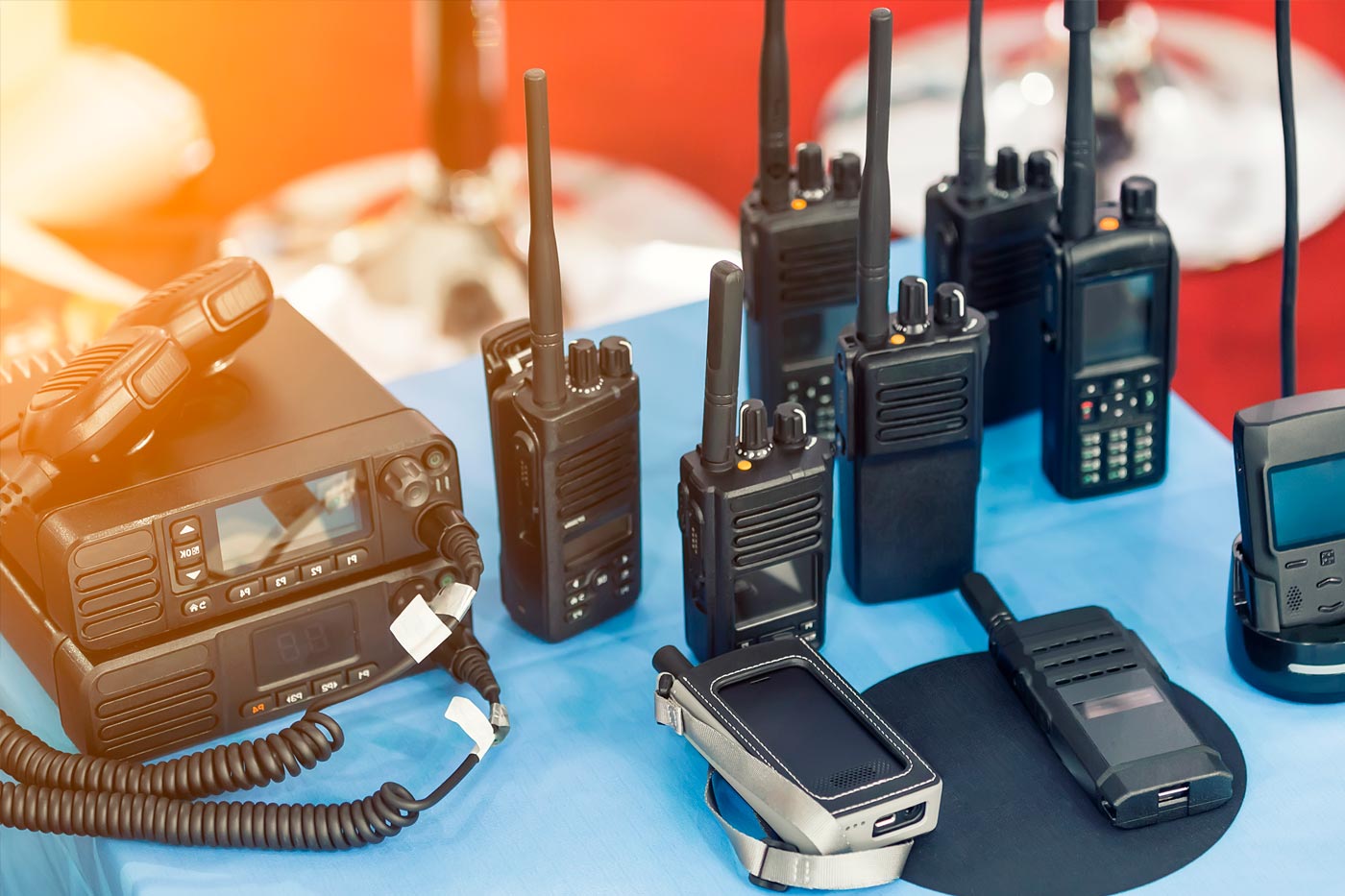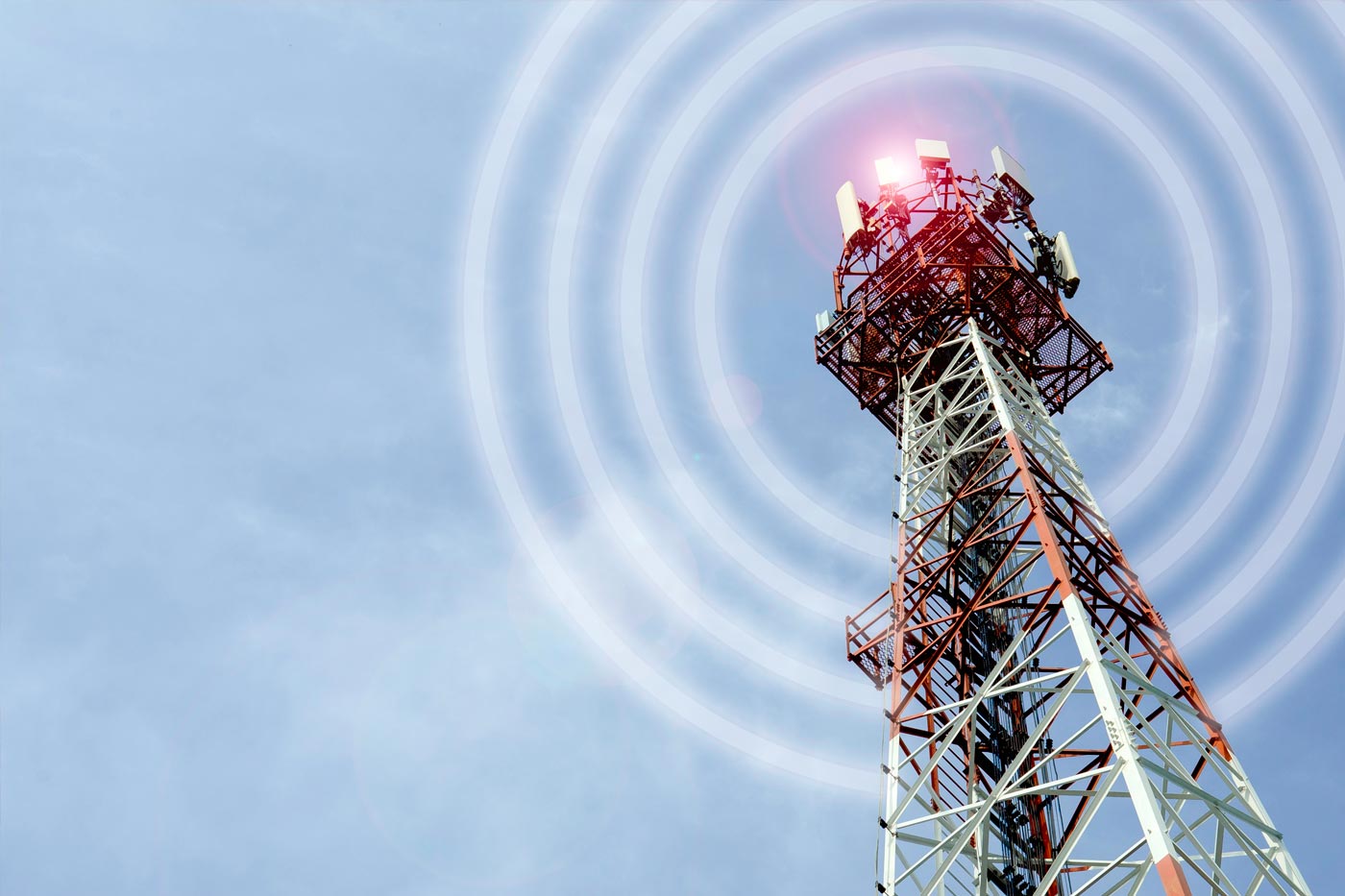
Radios: Mobile and Private
With the development of technologies and the extension of the requirements for communication equipment, the traditional means, as analogue service, are not able to comply with up-to-date standards. Hence, more sophisticated services are to be developed. These changes lead to the redefinition of PMR, which is based on digital technology.
PMR - Analogue Private Mobile Radio
PMR is in great demand among a broad community of users in Europe (in the USA there is a resembling SMR- Specialized Mobile Radio), as it gives the possibility for licensed and unlicensed use. PMR has a wide range of applications that vary from low-cost «walkie-talkies» to more essential public safety and mission- critical systems.
A typical example of PMR is a taxi company. The drivers need to have a contact with a central base station over a sufficiently short distance. Such a connection is made via special mobile terminals, which connect to the main base station.
There exists a vital technique called «trunking», by means of which the resources of the communication can be shared. This technique allows one call to be released and then be converted into another call, which can be distributed between users connected to this network. «Trunking» likewise provides an opportunity to connect various single stations with each other and form one multiple base station. As an example of PMR we can mention TETRA- Terrestrial Trunked Radio.
There are various specifications of PMR, which make the usage more convenient for the users. PAMR (Public Access Mobile Radio) is vital to mention. It allows users to acquire public access after they get a subscription.
In most cases PMR systems are based on European standarts for the equipment. Their operation is regulated and licensed by National frequency management plans. There is one system, which is a consumer «walkie-talkie» and has six analogue channels in Europe. It is called PM 446. This system can be considered an exemption, as it can be used without a license according to System Reference Documents produced by ETSI. These Documents are: ETSI Technical Report TR 102 335-1 and TR 102 335-2.
PMR replacement - DMR
DMR is a Digital Mobile Radio. It is a standard established by the European Telecommunications Standards Institute. DMR can be a direct substitution for PMR.
The market of PMR/ DMR can be divided into three categories:
- Consumer and short-range industrial
- Professional/ Business-Critical applications
- Public ~Safety/ Mission-Critical applications
The main advantage of PMR is that it can serve all of the categories. Moreover, this system can easily be used in unlicensed mode (from 446.1 to 446.2 MHz band). ETSI has established this band and utilized 6.25 kHz channel FDMA (Frequency Division Multiple Access).
PMR can be customized easily, as it has many supported features, such as fast call set-up, available calls to individuals or even groups, short data calls and definitely direct communication mode between the mobiles. It allows to make emergency calls, that is vital in various situations. DMR can easily be fitted into existing licenses of PMR. Hence, there is no need for a new license. In comparison with PMR, DMR provides better facilities, has higher data rates, improved battery and more sufficient use of spectrum.
Standards of ETSI
Documents made by ETSI include essential information about the work of DMR.
Under ETSI Technical Reports TR 102 398, 102 362, 102 490, the user can find the information about and introduction to DMR, DMR protocol conformance testing and test suites, narrow-band protocol.
An integrated test set can be determined as the inalienable part of mobile radio measurements and it is a vital task to determine how these measurements are to be performed. RH (Radio-frequency) system is to work properly in various environmental conditions, which can occur during field usage. An appropriate test method must be used in order to provide an opportunity to carry out fast and accurate control of radio system.
Tetra (The Terrestrial Trunked Radio) is considered as a professional mobile radio standart (PRM), provided in more than 100 countries. It is widely used by the governmental organizations and likewise by private companies in various spheres which differ from transport to the companies-suppliers of energy. Radio of such a type is to correspond with established requirements, which include unlimited availability of the system, secure guarantees, stable wireless connection.
LMR, or Land Mobile System, is a terrestrially-based professional push to talk communications system, which is widely used by public safety organizations (for instance, police, firefighters and others) with the aim of supporting the communication in critical situations. This system is wireless, it works without any cables. LMR systems are used worldwide in various spheres from industrial to security and even military.



